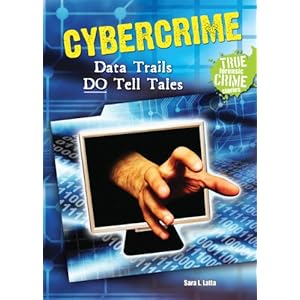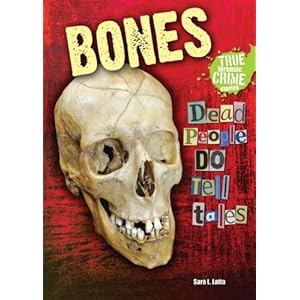In a year that brought about a
number of stellar books for readers of young adult fantasy fiction, including
Lauren Oliver’s “Delirium,” (reviewed here January 30, 2011), Laini Taylor’s
“Daughter of Smoke and Bone” (Little, Brown, and Taylor, 2011) is a real
standout. The New York Times selected it as one of the five notable young adult
books of 2011, and with good reason—it’s a paranormal romantic fantasy with
real emotional and mythic depth.
Karou
is a seventeen year –old art student in the Czech Republic city of Prague. Like
many arty-types, she’s got her own quirky style—bright ultramarine hair, for
starters. In Karou’s case, her hair really is
blue, although she’s happy to let her fellow students believe she dyes it. And
then there’s the matter of her family—or the closest she has to family. Karou
was raised by chimeras: Brimstone, a horned monster with horns and the golden
eyes of a crocodile; Issa, a serpent from the waist down, with the hood and
fangs of a cobra; giraffe-necked Twiga; and Yasri, a woman with a parrot’s
beak.
When
Karou isn’t attending art school, she is running errands for Brimstone,
traveling through magic portals to Paris, Marrakesh, and some place in Idaho.
She collects teeth for Brimstone—human, crocodile, bear, even elephant
tusks—and lots of them. She’s not crazy about the work, but Brimstone pays her
in scuppies, which can be used to grant minor wishes, like making her
ex-boyfriend itch in unmentionable places, or causing a mean girl to grow a
permanent unibrow. Why Brimstone needs them is one the great mysteries of
Karou’s life. So are the indigo eyes inked into the palm of her hands, and the
feeling that she was meant to be living another life.
Soon,
beautiful winged things begin burning black handprints into the doors of
Brimstone’s portals around the world. One of those angelic beings is Akiva, a
seraph. Although it is clear that the two are in opposing sides of a war that
Karou does not quite understand, they are immediately drawn to each other. And,
as with other star-crossed lovers, they soon find that the stakes are high
indeed.
Taylor’s
world-building—whether describing the city of Prague, where “Gothic steeples
stood ready to impale fallen angels,” or Elsewhere, with its two moons—is first
rate, as is her character development. Even secondary characters, like Karou’s
funny and smart friend Zuzana, are well drawn.
The
book ends on a real cliffhanger—or, more precisely, with Karou in the sky
somewhere above the Atlas Mountains—that sets the stage for the second book of
the trilogy.
This review originally appeared in the Sunday, December 11. 2011 edition of The News-Gazette.
This review originally appeared in the Sunday, December 11. 2011 edition of The News-Gazette.











